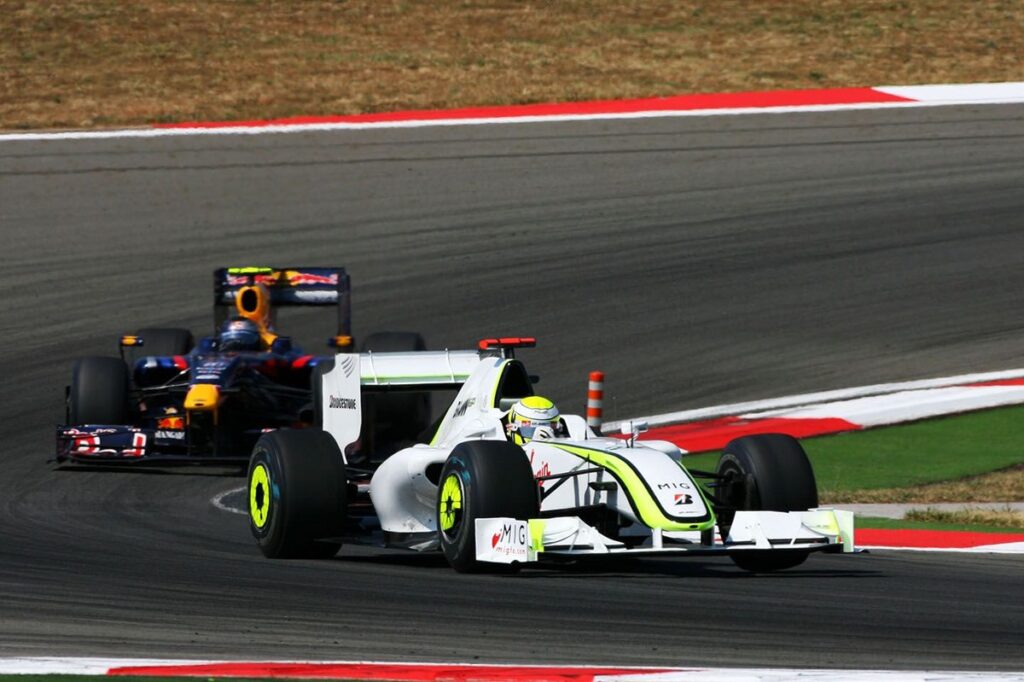Formula 1 2026 Regulations: A Glimpse into the Future of F1
As the Formula 1 (F1) world eagerly awaits the 2026 season, the Fédération Internationale de l’Automobile (FIA) has released renders of the new car design, promising a significant overhaul of the sport’s technical regulations. The intention is to improve dirty air management, restrict designers’ ability to generate outwash, and prioritize closer racing. However, with the final draft of the regulations set to be signed off later this month, there’s still much to be uncovered.
Initial observations suggest a car reminiscent of the 2009 regulation era, with a distinct push to alter the behavior of the front wing. The front wing will be 100mm narrower, with changes to the footplate region, and the return of a feature deleted in 2022. The deletion of front wheel deflectors and the addition of in-washing wheel wake control boards on the front of the side pods hint at a new approach to managing wake generation.
Floor and Diffuser Changes
The floor arrangement will also see a significant change, with a return to a pre-2022 design featuring a raised floor leading edge, flatter midsection, and a lower-powered diffuser. This should reduce the need for ultra-stiff and low ride height set-ups. Additionally, the beam wing has been deleted, likely due to its aerodynamic coupling effect on the diffuser and rear wing.
Team Innovations Expected
While the renders provide a general representation of the expected regulations, FIA Head of Aerodynamics, Jason Somerville, notes that the reality will likely be more diverse. “We’ve aimed to close loopholes and undesirable opportunities for exploitation,” he said. “However, we’re all experienced enough to know that teams are experts in seeking a competitive advantage!”
New Power Unit and Chassis Regulations
Teams will have to wait until January 1, 2025, to start developing their aerodynamic surfaces, but they can begin work on chassis and mechanical designs as soon as the regulations are confirmed. With the 2026 F1 cars set to feature a new power unit, a 50/50 relationship between combustion and electrical deployment, and increased emphasis on energy harvesting, the cars will be more nimble and efficient.
The new power unit, with the MGU-H removed, will see the MGU-K deliver 350kw of power. To balance this, fuel flow and boost levels will be reduced on the combustion side. The Energy Store has been redefined, and the amount of energy harvested under braking each lap has increased significantly.
To accommodate these changes, the car’s chassis and aerodynamics design have been altered. The maximum wheelbase has been reduced from 3600mm to 3400mm, and the car’s width reduced from 2000mm to 1900mm. The minimum weight has also been reduced by 30kgs to 768kgs.
Active Aero and Adjustable Wing Modes
One of the most significant changes is the introduction of an active aero package, featuring moveable elements on the front and rear wings. This will enable a 30% reduction in downforce and 55% in drag compared to current cars. The active front and rear wings will have two states, or modes – X and Z, allowing drivers to switch between standard and low-drag modes.
The ability to switch between modes will improve aerodynamic efficiency, provide necessary harvesting in the braking zone, and offer an additional tool for drivers to deploy during overtaking situations. As the 2026 F1 season approaches, fans can expect a more exciting and competitive racing experience.
Stay tuned for more Formula 1 news, updates, and analysis as the 2026 season unfolds!
🔗 Source
